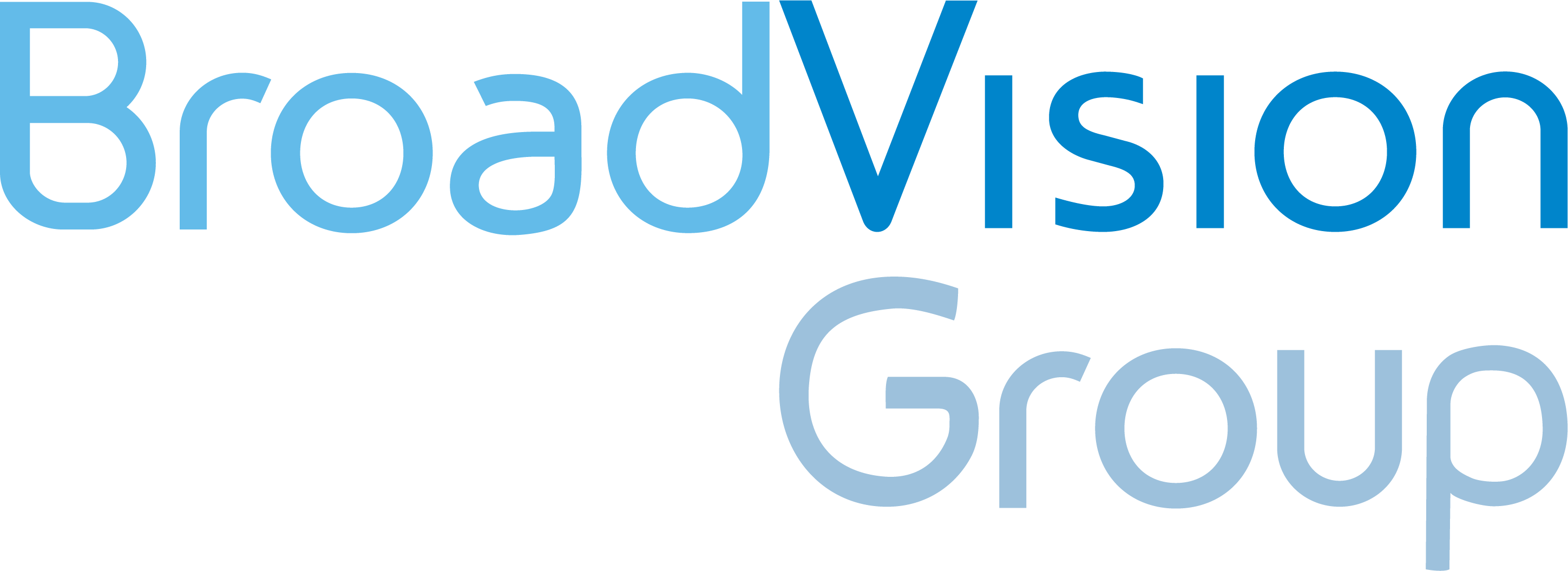We’re all very excited to be partnering with the Enterprise 2.0 Conference, enabling us to bring our Clearvale SecondFloor speaker series to Boston. The event will feature author, thought leader and CRM expert, Paul Greenberg.
Taking place on Tuesday June 21st, the event will include food, drinks and an insightful conversation between Paul and Richard Hughes, Director of Product Strategy at BroadVision, as they discuss the topic of Social CRM and how companies are using technology to engage customers. A raffle will also be held, giving guests the chance to win a free iPad at the event.
Space is limited and we’d love to see you there. To sign up, please visit: http://www.clearvale.com/mkt-eco/en/e2boston2011.php
Paul is an excellent speaker and expert in the field of CRM, and CRM at the Crossroads will be a great opportunity to answer the question that many people have been asking lately: “what is social CRM?”
We did a little pre-show primer to help things get started:
So we know what we’re dealing with, can you provide a working definition of “social CRM”?
The answer is probably simpler than it should be, it’s almost a ‘Tweetable’ definition, but the best working definition is: “a company’s programmatic response to the customer’s control of the conversation.” The company is saying that the customer is in control of the conversation. The social customer is communicating in channels that the company does not own, and impacting the company in ways it does not control. Consequently, for a company to respond to that, they have to accede to the fact that that is occurring; that they do not control the conversation.
When we’re talking about a programmatic response, we’re saying several things. Given that the customer is in control, the customer is communicating in different ways with other customers, and potential customers. Because they’re not under the control of the company, they can potentially impact thousands of other people. The reason that impact matters is because the person who is making comments about the brand is assumed to be similar to the person who is listening to the comments, and therefore is trustworthy. That category of people is replicated by the thousands. The company then has to consider that person might be influential, or even minimally influential, and that the person is communicating where the company is not present, the company has to do one of two things. The first is they have to go out and engage them in places where the company is not present, which could mean Facebook, Twitter, Get Satisfaction or any other external social network. The other option is the company has to have social inputs where the customer can get enough information from the company (which requires the company to be transparent) so that they can make an intelligent decision on how to interact with that company. Also, the customer has to be able to provide the company with information so that the company can decide how to engage the customer. It can be information about a product or service, but either way it benefits the company and provides the customer with the ability to get the kinds of products, services, tools and consumable experience s they want.
Is the transition from traditional CRM to Social CRM a natural one, or is it something that people rooted in traditional CRM will find difficult?
It’s evolutionary but they’re going to find it difficult to make. Traditional CRM is very straightforward, very ‘left-brain’. It’s concerned with opportunity management or pipeline management, or lead scoring and nurturing, all of which are based on an application of metrics and getting some kind of quantifiable return that’s based on specific things that either impact efficiencies or the bottom line. The data that is gathered about customers tends to be based on transactional histories that those customers have with the company and they’re organized and structured to fit standard reporting formats. Senior management can take a look at the reports and say, “we’re doing good” or “against this metric we’re doing poorly”.
However, once you start engaging in those conversations that exist outside of the company, that do not directly involve the company, you end up with tons of unstructured information that does not have a formal format that companies need to handle their operational and transactional details. The people who have been dealing with traditional CRM for years and years are looking at this and saying there’s a problem, because they don’t know how to translate this information into something of value about their customers.
Social tends to be more ‘right brain’ or emotional. The customers says, “the company sucks” then “the company is great,” do they really mean one or the other, or does one comment fit for one particular instance? So all of a sudden companies are dealing with the complexity of identifying human behavior and forecasting future behavior, which goes well beyond transactional and into emotional and sentimental.
So the fundamental strategic approach changes. Now we’re dealing with engagement. The customer wants to sculpt their experience with the company, and that’s a whole other ballgame. We’re all individuals and when push comes to shove, we don’t want to be treated like a demographic. I don’t want to be treated like a New York Jewish guy who roots for the Yankees; I want to be treated like Paul Greenberg. And not Paul Greenberg the syndicated right-wing columnist, I want to be treated a Paul Greenberg, that Jewish New Yorker that roots for the Yankees.
With so many social platforms and new ones arriving all the times, is it too much to ask that companies be listening to all of them?
No and I’ll tell you why. Frank Eliason, who is something of a rock star in service channels, created Comcast Cares. By the time he left, there were 11 Comcast employees dedicated to monitoring Twitter, which is quite substantial. That program was wildly successful: you can point to increased efficiencies, reduced costs and more first-contact resolutions. Comcast thought that the success of Comcast Cares was great PR, so they funded it. The fundamental problem with that is that it’s not PR, its cultural shift towards engaging customers. It was successful not just because they could get to customers in a short amount of time but actually solve their problems quickly. The problem is that culture has not spread within the company beyond Comcast Cares.
So the concept of Comcast Cares, not the fact that it was on Twitter, was what was important. If you reproduce that culture throughout the company, than the ability to solve those problems is what becomes important, not the channels the company is listening to.
Customers are going to communicate in channels of their choosing. The company needs to decide that they’re going to solve customer problems no matter which channels are being used.
Finally, and perhaps most importantly, when you go to Boston, does the Yankees hat stay in the suitcase?
When I spoke in Boston at Radian6 Social 2011, I made it very clear that I was a Yankees fan!

